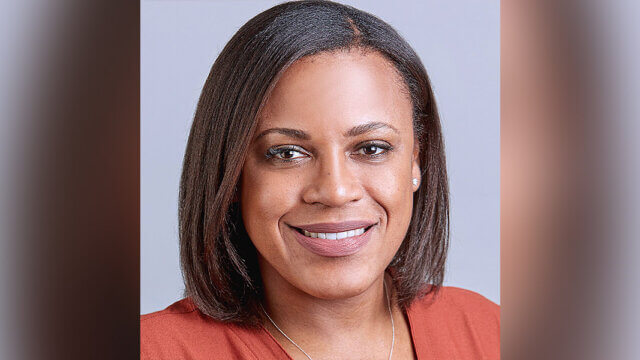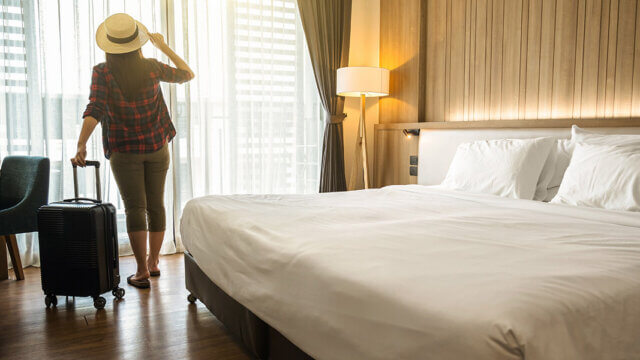NEW YORK—According to PwC’s Manhattan Lodging Index – Q2 2018, ADR was up for the sixth consecutive month, driving continued strength for Manhattan hotels in RevPAR growth during Q2. During the quarter, growth in lodging demand continued to exceed increases in room supply, with occupancy posting gains quarter-over-quarter and year-over-year. As pricing power appeared to finally return to the Manhattan lodging market, RevPAR increased 4.3% over prior year levels, driven largely by growth in ADR levels at hotels across all classes and neighborhoods.
As the Manhattan lodging market continues to strengthen, ADR growth has improved, increasing 3.3% for the first half of 2018. RevPAR also showed improvement, increasing 5.5% during the first six months of the year. With occupancy reported at 90.7% in Q2 across Manhattan, Q2 2018 marked the highest year-to-date occupancy level over the 24-year period tracked, according to the company.
For luxury hotels, occupancy levels were flat from the prior year at 83.5%, paired with increases in ADR of 4.3% during the second quarter. Upper-upscale hotels, which posted the lowest ADR gains across all hotel classes, reported a 1.9% increase in RevPAR, driven by minimal occupancy improvement and marginal ADR growth. Hotels categorized as upscale and upper-midscale experienced RevPAR growth of 5.8% and 4.5%, respectively. With ADR growth of 4.5 and 4.7%, respectively, upscale hotels posted the largest change in occupancy year-over-year across all segments, growing 1.3%, while upper-midscale hotels experienced the lowest, reporting a decrease of 0.2% in Q2.
Driven by a mixture of occupancy and ADR growth, all five Manhattan submarkets posted increases in RevPAR during the second quarter. Midtown East, which experienced the largest RevPAR increase at 7.6%, also posted the largest growth in ADR at 7%. Midtown South, which saw RevPAR growth of 5.7%, experienced gains from a mix of both occupancy and ADR. As with Midtown East, for Midtown West and Lower Manhattan, occupancy growth was less than 1% during the quarter, and ADR-driven RevPAR growth of 3.4% in both submarkets resulted from increases in ADR of 3.1% and 2.5%, respectively. Of the five Manhattan submarkets, only Upper Manhattan experienced declines in occupancy year-over-year, despite decreases in room supply during the same period. Posting the lowest RevPAR growth of the quarter, Upper Manhattan’s 1.8% increase was driven by growth in ADR of 3.2%.
Growth in RevPAR for full-service hotels far outpaced that of limited-service hotels during Q2. Despite increases in ADR for limited-service hotels exceeding that of full-service hotels, flat occupancy diminished RevPAR gains for limited-service properties.
In Manhattan, chain-affiliated hotels continued to lag behind independent hotels in terms of occupancy and ADR growth during the second quarter. Occupancy posted gains of 0.6% and 1% while ADR increased 3.2% and 3.8%, respectively.



